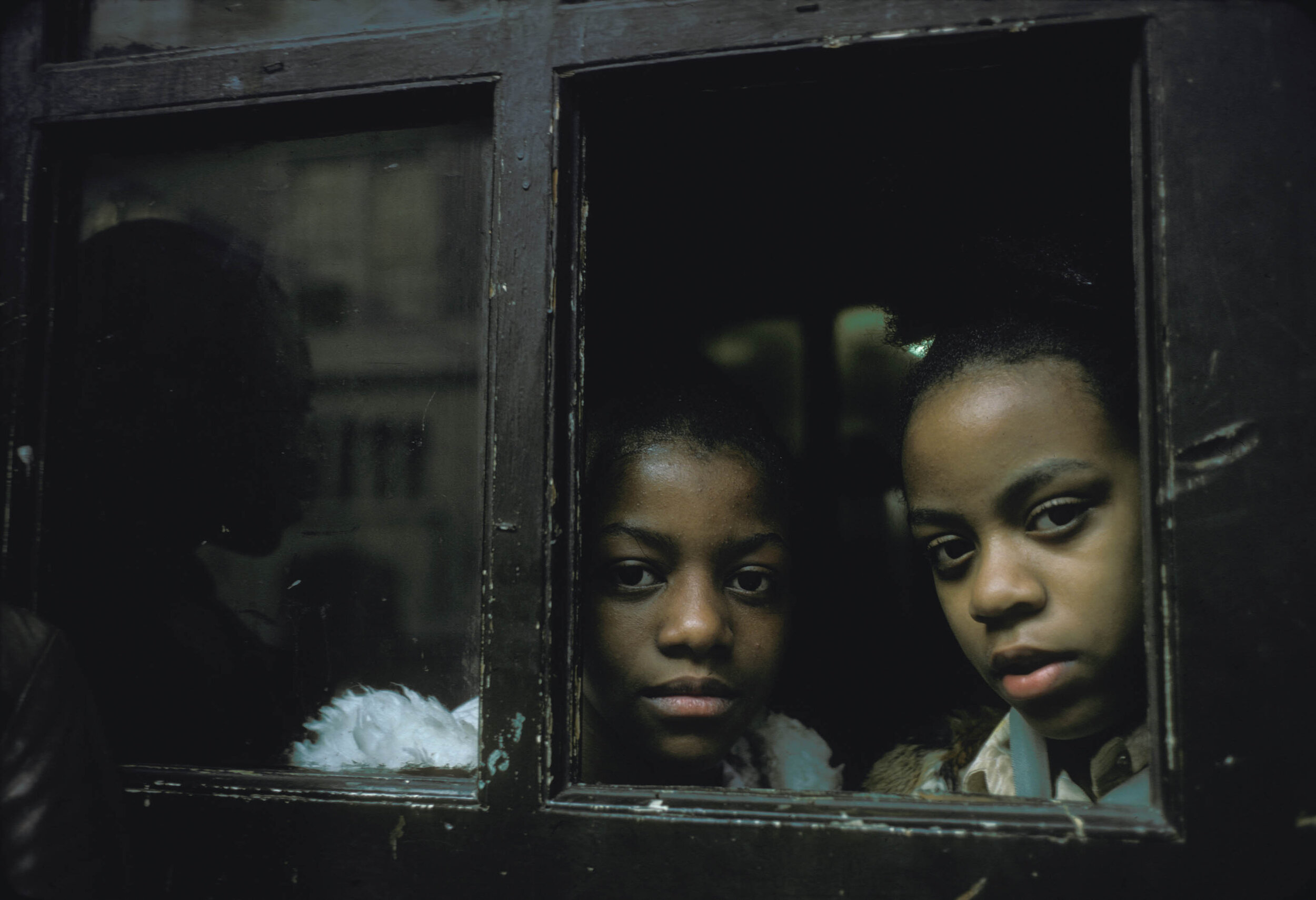The Bare City
On the first day of the quarantine in Bogotá, I met in the streets only policemen, pigeons, already starving, colleagues and an unlimited number of homeless people. It was March 20th, and Bogota‘s urban landscapes have since taken on a veil of very real dystopia.
Emptiness, poverty, the exercise of power and control.
The fallen dream of a better world.
And the invisible, hitherto hidden by the excesses and mirages of the consumer society, was becoming visible.
But with the strange consequence of the disappearance of those millions of eyes that used to scrutinize the smallest details of daily life through telephones and social networks.
The strange paradox of a universe that reveals itself with so few people to see it.
The city reveals its bareness with the quarantine. It reveals the people whose daily lives are reduced to the sheer necessity of survival. Borrowing part of the concept of “bare life” to the philosophers Walter Benjamin, Giorgio Agamben, and the anthropologist Michel Agier, the idea of a bare city refers to this space of extreme spoliation where an ever-growing and vulnerable population accumulates and is reduced to the simplest necessities of life. More than a punctual event, the Covid crisis uncovers our world while the present state of captivity instills the fear of being permanent.
Unfortunately, serious consequences are predicted in the coming months. Beyond the purely health aspects, the Covid crisis has profound social and economic effects, the consequences of which we are only just beginning to see. Among these, perhaps the most urgent is the one that thousands of people in Bogotá are facing with the loss of a home: people are no longer working, so they no longer earn money, so they can no longer pay the rent, and so… they end up on the streets. It is undoubtedly the most vulnerable populations that will also be the most affected. The case of the evictees from the Altos de La Estancia reveals the contempt and violence that these people face, in denial of their most basic human rights.
It is estimated that nearly 4.5 billion people have been confined since the beginning of the crisis. In several aspects, it is a global crisis which has specific local impacts. A recent report of Oxfam focused that half a billion could be pushed into poverty if strong measures are not taken. Recent internal and international population exodus movements express the needs of entire sections of the population who are looking for a way to meet their basic needs while they have lost work and housing.
The Bare City is an ongoing project. It aims to raise awareness about the long-term consequences of the crisis, also at its origins, in order to rethink our relationship with the world, the environment, overproduction and development. At this point, I’m developing 4 complementary axes of visual narrations: “Life under Covid”, “When the quarantine becomes a luxury”, “Solidarities”, “The Return: Venezuelan migrants facing the crisis”.


























